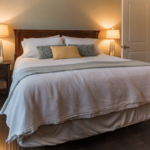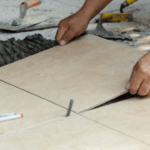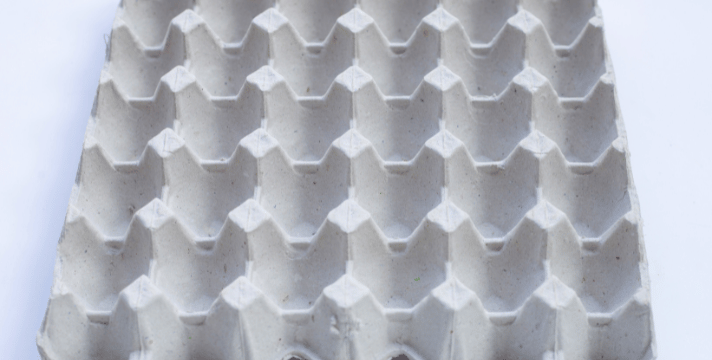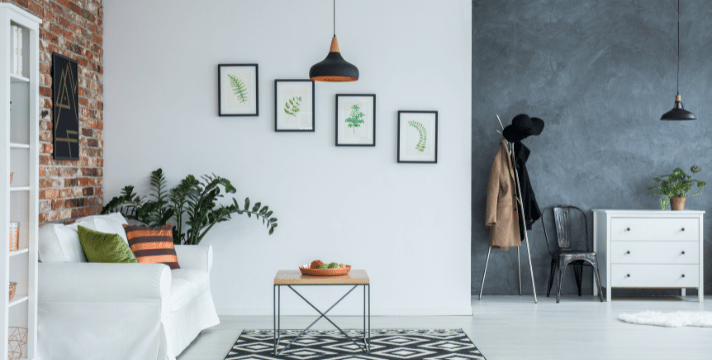Introduction
In the quest to create a more peaceful and noise-free environment, many individuals turn to various soundproofing solutions.
One popular option that often comes up is egg crate foam. It’s readily available and has a unique texture that seems promising for sound absorption.
However, the question remains: Is egg crate foam truly effective for soundproofing, or is it just a popular myth?
In this comprehensive guide, we’ll dive into the details to help you understand whether egg crate foam can indeed deliver on its soundproofing claims.
Is Egg Crate Foam Good For Soundproofing: Does It Really Work?
Egg crate foam has gained popularity as a cost-effective soundproofing solution, but its effectiveness can be a topic of debate among experts.
Let’s examine the pros and cons of using egg crate foam for soundproofing and determine whether it’s a reliable option.
The Pros of Egg Crate Foam for Soundproofing
- Sound Absorption: Egg crate foam is designed to absorb sound waves, which can help reduce echoes and reverberation in a room. It can be particularly useful in spaces where sound reflection is a concern.
- Affordability: Compared to some other soundproofing materials, egg crate foam is relatively inexpensive and easily accessible.
- Easy Installation: Egg crate foam is lightweight and can be cut to fit different spaces, making it easy to install on walls, ceilings, or other surfaces.
The Cons of Egg Crate Foam for Soundproofing
- Limited Effectiveness: While egg crate foam can absorb high-frequency sounds, it may not be as effective at reducing low-frequency noises, which are often more challenging to control.
- Not True Soundproofing: Soundproofing involves preventing sound from entering or leaving a space. Egg crate foam primarily addresses sound absorption and may not offer a complete soundproofing solution.
- Quality Variability: The effectiveness of egg crate foam can vary based on the foam’s quality and thickness. Cheaper versions may not perform as well.
Factors to Consider
- Usage and Goals: Consider your specific needs. If you’re aiming to reduce echoes and improve acoustics in a home studio or recording space, egg crate foam could be helpful. However, for blocking outside noise or containing loud sounds, other materials might be more suitable.
- Frequency Range: Egg crate foam’s effectiveness is often more pronounced with higher-frequency sounds. If your noise issue involves a wide range of frequencies, you might need additional solutions.
- Supplemental Solutions: For comprehensive soundproofing, combining egg crate foam with other materials like mass-loaded vinyl or acoustic panels might yield better results.
FAQs
Is egg crate foam a replacement for professional soundproofing?
Egg crate foam can be part of a DIY soundproofing strategy, but for more challenging noise problems, consulting a professional might be necessary.
Can I use egg crate foam on windows to block outside noise?
Egg crate foam alone might not effectively block outside noise. Consider window inserts with acoustic properties for better results.
Can egg crate foam completely eliminate noise?
Egg crate foam can improve acoustics and reduce some noise, but it’s unlikely to eliminate all noise, especially low-frequency sounds.
Can I use egg crate mattress toppers for soundproofing?
While mattress toppers share a similar texture, they may not have the same soundproofing qualities as purpose-built acoustic foam.
Is there an alternative to egg crate foam for soundproofing?
Acoustic panels, bass traps, mass-loaded vinyl, and specialized soundproofing materials offer alternative solutions for different soundproofing needs.
Can I paint egg crate foam to match my room’s decor?
Painting egg crate foam is possible, but it might affect its acoustic properties. Consider aesthetic solutions that don’t compromise its soundproofing function.
Conclusion
Egg crate foam can contribute to soundproofing efforts, particularly in managing echoes and improving acoustics in certain spaces.
However, it’s important to recognize its limitations and consider its effectiveness within the context of your soundproofing goals.
For more comprehensive soundproofing needs, exploring a combination of materials and consulting with professionals can lead to better results.










